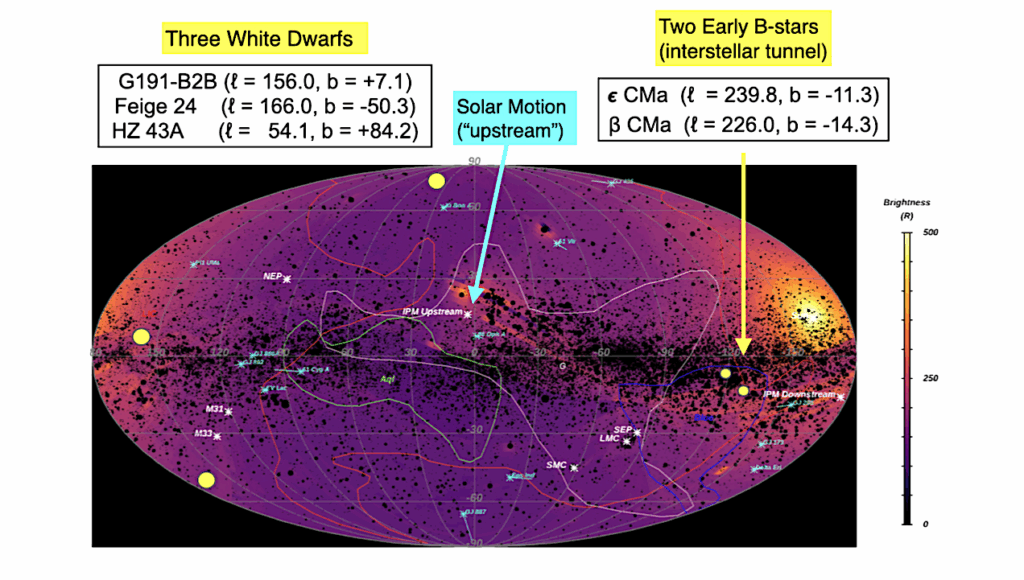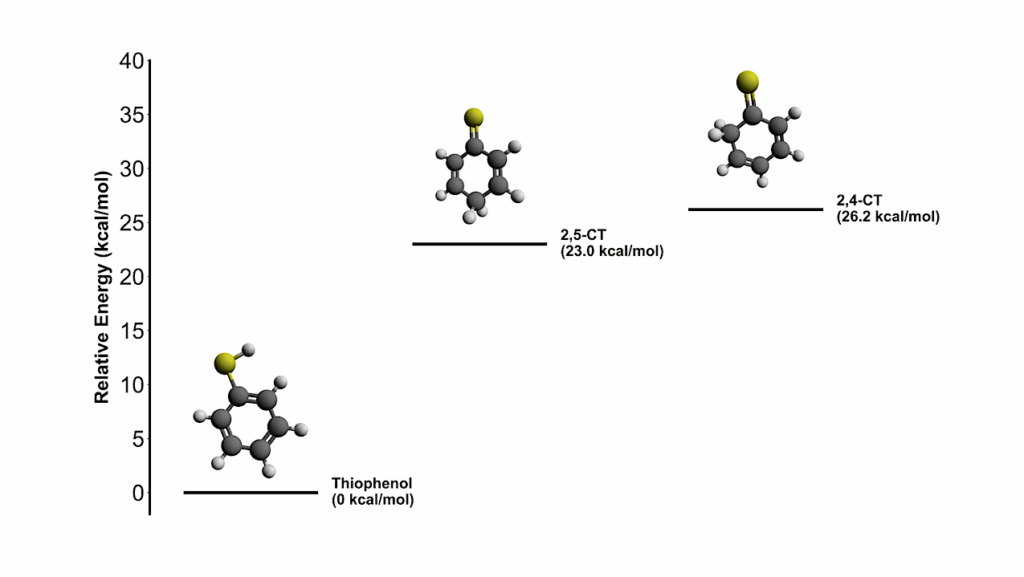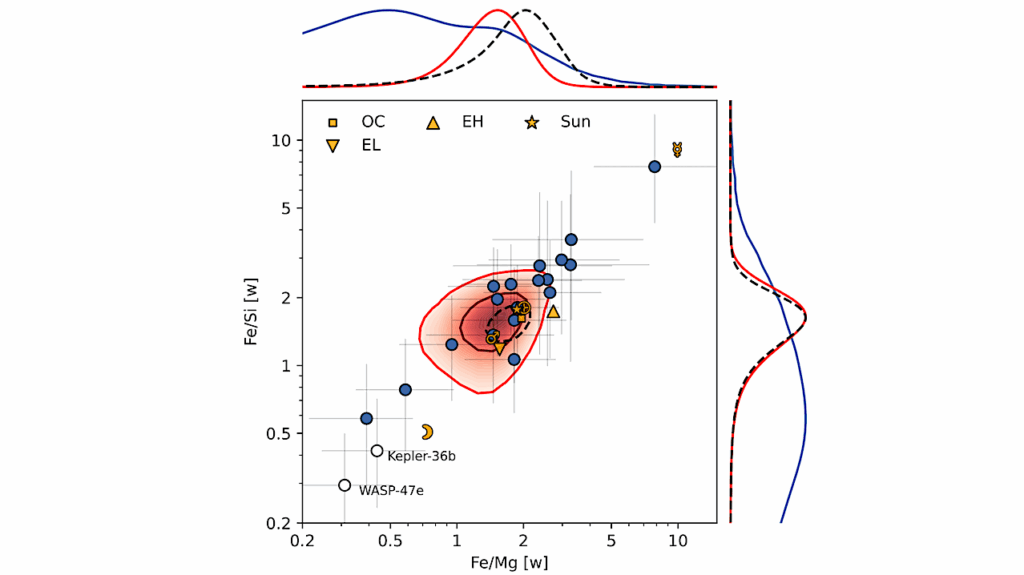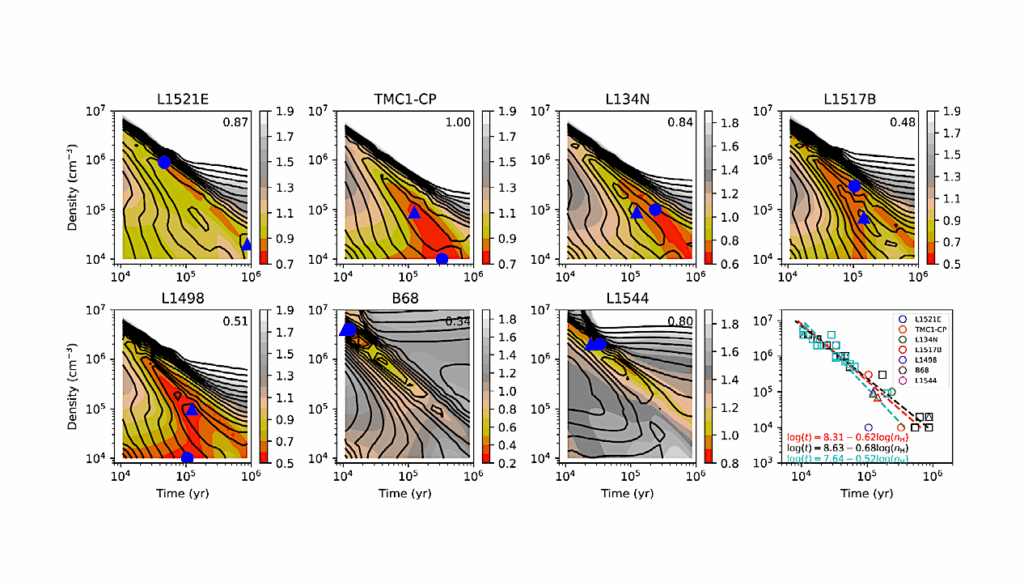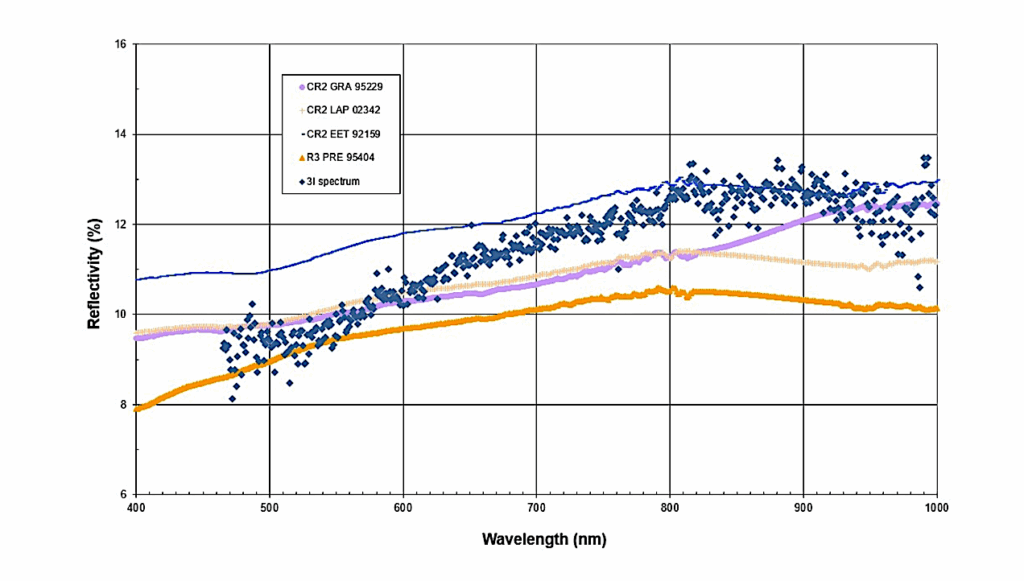Planetary Companions Orbiting The M Dwarfs GJ 724 And GJ 3988. A CARMENES And IRD Collaboration

We report the discovery of two exoplanets around the M dwarfs GJ 724 and GJ 3988 using the radial velocity (RV) method. We obtained a total of 153 3.5 m Calar Alto/CARMENES spectra for both targets and measured their RVs and activity indicators.
We also added archival ESO/HARPS data for GJ 724 and infrared RV measurements from Subaru/IRD for GJ 3988. We searched for periodic and stable signals to subsequently construct Keplerian models, considering different numbers of planets, and we selected the best models based on their Bayesian evidence.
Gaussian process (GP) regression was included in some models to account for activity signals. For both systems, the best model corresponds to one single planet. The minimum masses are 10.75+0.96−0.87 and 3.69+0.42−0.41 Earth-masses for GJ 724 b and GJ 3988 b, respectively. Both planets have short periods (P < 10 d) and, therefore, they orbit their star closely (a < 0.05 au). GJ 724 b has an eccentric orbit (e = 0.577+0.055−0.052), whereas the orbit of GJ 3988 b is circular.
The high eccentricity of GJ 724 b makes it the most eccentric single exoplanet (to this date) around an M dwarf. Thus, we suggest a further analysis to understand its configuration in the context of planetary formation and architecture. In contrast, GJ 3988 b is an example of a common type of planet around mid-M dwarfs.
P. Gorrini, J. Kemmer, S. Dreizler, R. Burn, T. Hirano, F. J. Pozuelos, M. Kuzuhara, J. A. Caballero, P. J. Amado, H. Harakawa, T. Kudo, A. Quirrenbach, A. Reiners, I. Ribas, V. J. S. Béjar, P. Chaturvedi, C. Cifuentes, D. Galadí-Enríquez, A. P. Hatzes, A. Kaminski, T. Kotani, M. Kürster, J. H. Livingston, M. J. López González, D. Montes, J. C. Morales, F. Murgas, M. Omiya, E. Pallé, E. Rodríguez, B. Sato, A. Schweitzer, Y. Shan, T. Takarada, L. Tal-Or, M. Tamura, S. Vievard, M. R. Zapatero Osorio, M. Zechmeister
Comments: A&A in press
Subjects: Earth and Planetary Astrophysics (astro-ph.EP)
Cite as: arXiv:2310.05599 [astro-ph.EP](or arXiv:2310.05599v1 [astro-ph.EP] for this version)
https://doi.org/10.48550/arXiv.2310.05599
Submission history
From: Paula Gorrini
[v1] Mon, 9 Oct 2023 10:35:12 UTC (13,005 KB)
https://arxiv.org/abs/2310.05599
Astrobiology


